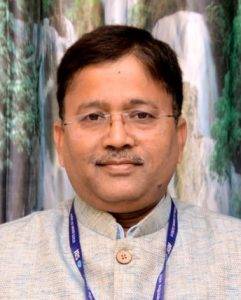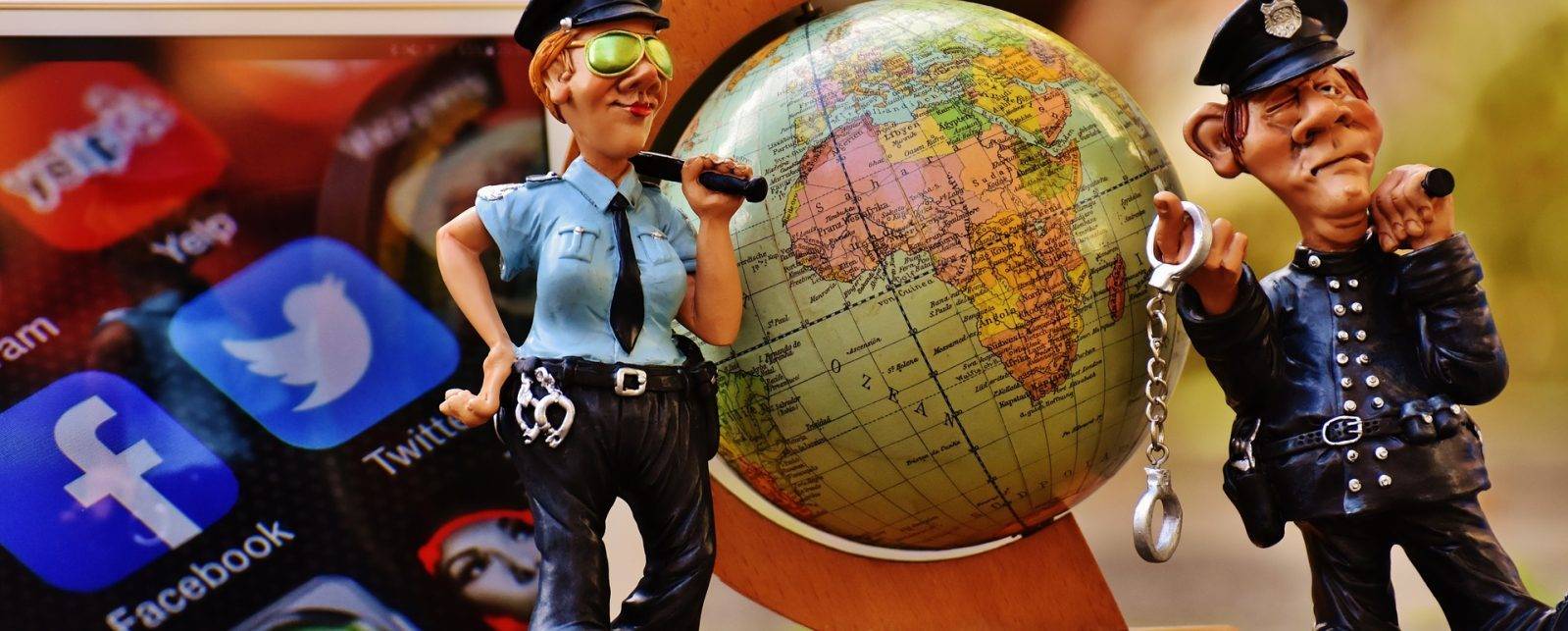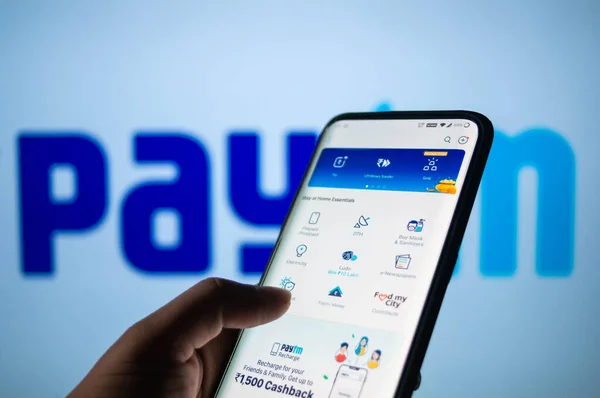Social Media works through internet and mobile based communications that are very interactive in nature. Web 2.0 offers to connect each and every individual and design the communication structure according to users. It is basically transforming the way people connect with each other and the manner information is shared and distributed. Social media have the ability to share photos, opinions and event in real time basis and applications are designed to allow users to create the content and share quickly and the structure can be defined and re-defined by both initiator and receiver of communication.
The traditional mass communications like newspapers, radio and television channels have the limitations and are governed by the regulatory guidelines of government of India as well as Press Council of India. But, social media is different from traditional media in two significant ways – first, the amount of content that can be generated by the users themselves far exceeds the content generated by news/opinion makers and second, its intensity of spread of information so called “viral” by word of mouth.

The traditional media takes the responsibility of publication of any news whereas social media are not taking any responsibility to any content and also not censored. Further, Interlinking of the various social media platforms considerably reduce the control over spread of information.
Various manifestations of social media:-
- Social Networking: – Social Networking is an online service that provides users to create virtual networks with likeminded people in real life. It offers the facilities such as chat, instant messaging, photo sharing, updates, etc. Currently Face Book, WhatsApp, Instagram, twitter etc. are the most favorable version of social media.
- Blogs:- Blogs are pages having descriptive content created and maintained by individual users and may contain text, photos and links to other web sites. The main feature of Blogs is the ability of readers to give comments and the comment trail can be seen by readers.
- Micro Blogs: – Micro Blogs are similar to Blogs which allows users to write and share content with a typical restriction of 140 characters or less. Twitter is a micro-blogging site posted on the user’s account. It allows others to “Follow” the user.
- Video Blogs: – Video Blogs are blogging sites that mainly use videos as the main form of content supported by text. It also synchronizes with various sites with the ease of comment and share. Largest video sharing site is YouTube.
- Wikis: – A Wiki is a collaborative website that allows multiple users to create and update pages on particular or interlinked subjects. Wiki page is a single page and multiple pages are hyperlinked. Wikipedia is the famous site of this type of platform.
As per information available , there are 53 crores users of WhatsApp , 44.8 crores users of YouTube, 41 crores users of Face book, 21 crores users of Instagram and 1.75 crores users of Twitter in India. Social Media users are increasing day by day and presently it is playing very effective role in spreading of any news quickly.
New ruling introduced….
As the users are increasing day by day and the authenticity of news published in social media is without any responsibility of publisher, it has been experienced that such spread of news more often than not does defame the government and is seen as an attack on the sovereignty of country. In view of the foregoing, the Central Government announced Social Media rule on 24th Feb 2021, to regulate digital content. The act is actually a new and updated edition of IT act 2000 which was already in force since 2000. Now, the Government has added a clause to the IT intermediary guideline to make social media responsible.

Some of the provisions of the Act….
Section 79 enables to proactively trace detect and prevent unlawful content on social media. Various agencies have been enabled to create and implement their own strategy for the use of social media.
Government will form a committee with representatives from the ministries of Defense, External Affairs, Home, I&B, Law, IT and Women and Child Development. The Committee will have “suo motu powers” to take decisions on complaints of violation of the Code of Ethics if it wants.
The government will appoint an officer of the rank of a Joint Secretary or above who can direct blocking of content if it is found as unlawful activity. It is empowered to send the content to a government-controlled committee for blocking orders to be issued, if an appellate body believes that the content violates the law.
Self-classification mechanism for ensuring children do not access content not approved for them by prohibiting services on content on the basis of age ,sex, violence and nudity for 13-plus, 16-plus or adults.
New Websites have to first register on the site of Information and Broadcasting Ministry and following the rules of Press Council of India will be a must. Publishers of news and current affairs content have to publish a monthly compliance report detailing all the grievances received and what they have done to address it.
Over the Top (OTT) platform such as Netflix, Amazon Prime, Hot star and others have to now classify all contents suitable for viewing by the age like U (Universal), UA, UA(13+) or A etc.
The Companies have to appoint a grievance officer to receive, acknowledge and resolve complaints within a month. The companies have to also adopt three-tier mechanism to enforce the Code of Ethics i.e., self-regulation; self-regulation by the self-regulating bodies; government’s oversight mechanism.
Under the rule, a three level grievance redressal mechanism has been established with two level of self regulation- level I comprise the publisher and level II comprises self regulation body. There is provision of appointment of India based Compliance Officer.
- Chief Compliance Officer:- Responsible for ensuring the compliance with the Act and Rules.
- Nodal Contact Person:- For 24*7 coordination with law enforcement agencies.
- Resident Grievance Officer:- To perform functions mentioned under Grievance Redressal Mechanism.
If any post deleted or taking down, they will be required to inform users, give reasons for taking down their post and hear them out.
Social Media companies have to appoint self regulatory body who can issue advisory to the publisher and the regulatory body headed by a retired judge of the Supreme Court or of a high court or by a person eminence from the relevant field.
Social Media giants have to disclose the originator of any mischievous massage as – “who began the mischief”. There is provision for punishment up to five years if any failure is observed in compliance.
The act underscores that contents shown on social media platforms and other online platform should keep mind India’s sovereignty, Integrity, risk of defamation and relationship with other countries as per our constitution of law. It bars misuse of freedom of expression and urges for restrictions on media contents that are harmful to minors, racist, defamatory, obscene and threatens the unity with the provisions to remove or disable offensive or illegal content of it being notified or of a court order within 36 hours.
The act underscores that contents shown on social media platforms and other online platform should keep mind India’s sovereignty, Integrity, risk of defamation and relationship with other countries as per our constitution of law. It bars misuse of freedom of expression and urges for restrictions on media contents that are harmful to minors, racist, defamatory, obscene and threatens the unity with the provisions to remove or disable offensive or illegal content of it being notified or of a court order within 36 hours.
The act underscores that contents shown on social media platforms and other online platform should keep mind India’s sovereignty, Integrity, risk of defamation and relationship with other countries as per our constitution of law. It bars misuse of freedom of expression and urges for restrictions on media contents that are harmful to minors, racist, defamatory, obscene and threatens the unity with the provisions to remove or disable offensive or illegal content of it being notified or of a court order within 36 hours.
The act underscores that contents shown on social media platforms and other online platform should keep mind India’s sovereignty, Integrity, risk of defamation and relationship with other countries as per our constitution of law. It bars misuse of freedom of expression and urges for restrictions on media contents that are harmful to minors, racist, defamatory, obscene and threatens the unity with the provisions to remove or disable offensive or illegal content of it being notified or of a court order within 36 hours.
The Government said that we welcome our social media platforms but there is a requirement of mechanism to tackle the ill effects of what fake news and sexually abusive material would entail and breaking of end to end encryption which might impact the privacy, safety and security of citizens and the national security of the country at large.
Social Media regulations are also in place in developed countries like France, America, etc. They have imposed huge penalty to social Media like Face Book due to non-compliance. The initiative taken by the government to regulate the content on social media can be appreciated. It should not be categorized as an attack on expression of freedom of any citizen.

Sunil Kumar Azad
Assistant General Manager & Director,
State Bank Institute of Learning and Development, Deoghar.





